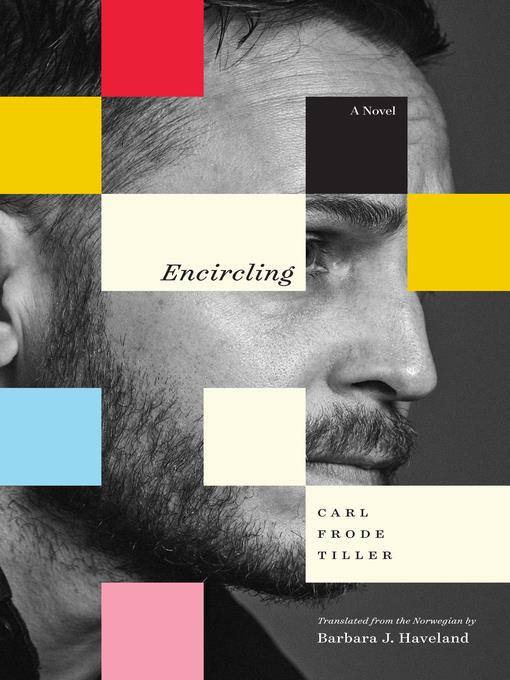
Encircling
Innsirkling Series, Book 1
کتاب های مرتبط
- اطلاعات
- نقد و بررسی
- دیدگاه کاربران
نقد و بررسی

December 19, 2016
In this first volume of the ambitious Encircling Trilogy (winner of the European Prize for Literature), David’s memory has vanished and three voices from his youth recall his life in a series of letters. Jon writes of growing up in the sheltered town of Namsos, Norway, in the 1980s and how his sexual explorations with David proved that the bohemian “image of ourselves which we had formed was real.” The brooding vicar Arvid, on the other hand, saw in David, his stepson, a kindred spirit. “Like me,” he writes, “you had a great thirst for knowledge.” David’s friend Silje’s memory is different still—she writes wistfully of his “fanaticism and refusal to compromise.” The image of David that emerges is infused with stunning dimension, a stark contrast with the everyday domestic turmoil and illness the aging narrators cope with between letters. Silje bemoans the loss of “the rawness, the intensity, and the passion I had,” and Jon ruefully casts himself as a “young, once plump, man with girlish features and a receding hairline.” As the novel progresses, Tiller skillfully parries David’s shifting character into uncertainty about the narrative itself.

Starred review from December 1, 2016
One man's amnesia prompts divergent and sometimes-conflicting remembrances from those close to him.The central figure in this plainspoken but psychologically penetrating novel (the first in a trilogy) is David, who has lost his memory in an accident and places a notice in the paper requesting letters detailing his past. Three step up: Arvid, David's stepfather and dying vicar in their small Norwegian town, and a pair of childhood friends, Jon and Silje. Tiller's strategy is to establish a kind of public persona for each of them--Arvid cold and aloof, Jon antisocial and self-pitying, Silje free-spirited--and then muddy and blur that simplistic portraiture. Jon, for instance, is indeed an impossibly needy and sour musician--as the novel opens he's called out on this by other members of his band, which he promptly quits--but his stories of his past and present reveal a struggle with family bullying, his lust for David, and an awareness of his inability to check his anger. And his story casts doubts on Arvid's and Silje's versions, just as theirs do his. (Did Jon truly have a fling with David, or was it just wishful thinking?) As with a Norwegian contemporary, Karl Ove Knausgaard, Tiller believes the path to interior insight comes via a straight march through unadorned detail: Arvid's agony over his lost faith and David's adolescent dark obsessions resonate with his painful stint in a hospital for cancer treatment, and Silje's recollections of David's malicious pranks (like leaving a ladies' scarf on the scene of a man's car accident to imply an affair) echo her crumbling marriage. There are still unresolved questions for the next two books to deal with, the identity of David's biological father first among them, but this by itself is a wholly satisfying story about how unreliable narrators tell tales not just about events, but about our core emotions. A poised and effective Rashomon-style exploration of multiple psyches.
COPYRIGHT(2016) Kirkus Reviews, ALL RIGHTS RESERVED.

February 1, 2017
In his thirties, David has suffered the complete loss of his memory and has taken out a newspaper ad beseeching those who know him to write and tell him about his life. Norwegian writer Tiller's perhaps implausible premise is easily enough suspended, while the three letter writers in the first book in a trilogy (which has already won awards in Norway) emerge as the story's main characters. Jon, David's best friend from their teens, is emotional, interpersonally challenged, and at a creative crossroads. David's stepfather, Arvid, is suffering through cancer and finds a new purpose in writing to David. Silje, David's ex, has found success as a wife, mother, and career woman but appears unsatisfied. Psychological puzzles for readers abound. The letter writerseach appearing in the others' sectionsand the David they depict can't possibly all be truthful in their every aspect. What, then, are the falsehoods? In this deep character study, encapsulations of Jon, Arvid, and Silje are engrossing in their perceptions and ordinariness, while wonder about David gives the novel its subtle, baseline thread.(Reprinted with permission of Booklist, copyright 2017, American Library Association.)

























دیدگاه کاربران